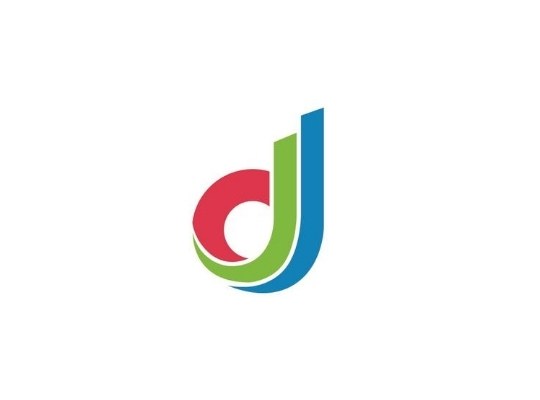Interactive touchscreens benefiting from ‘industry tornado’

RealEyes Displays, a company that provides interactive displays for information kiosks, waiting rooms, trade shows and college campuses, doubled in size last year. CEO Alex Bernier attributes this growth to an “industry tornado” that is driving interactive displays into the mainstream.
“Touchscreens have always been there, but new software technology such as Intuiface, and lower costs of high-powered PCs are moving us to what appears to be an industry tornado,” he said. “The design, deployment and support standardization of these systems is making it easier for every vertical to invest.”
His company, which was started by Bernier in 2010, is especially seeing an increase in large interactive screens for trade show booths.
“Clients now have a strong need to show product lookups, 3D models, games, and highly attractive video sequences of their customer journey,” Bernier said.
He is also seeing an increased demand for touchscreens in churches, schools and design agencies.
College campuses have long offered this technology, but it is now becoming a standard. Visitors, students and employees expect to see interactive maps, event schedules, calendar feeds and donor recognition.
“It is my belief that (colleges’) early adoption of this technology has helped prove its effectiveness and make it easier for other verticals, such as hospitality, to jump in with less worry,” Bernier said.
Though college campuses were among the early adopters of this technology, the initial driving force was, and remains, the retail industry.
“I tend to follow the school of thought from the book, ‘Inside the Tornado,’ which discusses how mass adoption of products develops based on the customer adoption cycle. It’s taken a while for interactive technology to become proven and, to me, the increase in standardization of how they are designed helps bridge these gaps of trust,” Bernier said.
From his boutique-experience, there are a few factors driving greater interactive touchscreen adoption. The rise of no-coding app and design software, for instance, is lowering the barriers for more “creators” to enter the industry.
“With more players on the field, more ideas come to fruition, and buyers now have more options to choose from based on their specific needs,” Bernier said.
The hygiene question
However, interactive touchscreen growth could be affected in part by the “hygiene question,” or users who are concerned about shared swipe surfaces. Bernier said he approaches this topic from a training perspective: Whenever RealEyes Displays installs a system for a client, they discuss the needs of ensuring that the “people processes” and the “technology processes” are working together.
“Without either one, you can have black screens and poor-looking displays. People processes need to fill in the gaps where the technology cannot, and people need to be appointed to help maintain the system,” he said.
“We strongly suggest getting maintenance involved to incorporate a routine of proper cleanings for the display. They can make anti-bacterial surfaces, but when it’s someone’s job to clean the screens, it’s usually a better scenario.”
The elusive ROI
Another challenge is the cost justification. How do you measure the success of an interactive touchscreen at a trade show, for example? Bernier said ROI needs to be communicated in a slightly different way for information-serving display systems.
“With an information kiosk showing building maps at a university, it’s not as black and white as measuring sales numbers,” he said. “Sure, you can produce tracking metrics of your display that count the touches of every button on every menu, or even read your facial expressions. This is a good step forward. But these are only methods for collecting information. For information-based displays, ‘how’ this information is interpreted varies based on industry.”
Additionally, Bernier said, the client may not even know what key metrics actually make their product successful.
It is also difficult for information displays to glean an ROI because people tend to get busy and move onto the next product pretty quickly.
“The true ROI of your signage project gets buried when this happens,” Bernier said. “So I honestly see ROI as a big question in the sales process. This is our only experience, however, and it may not be indicative of the whole digital signage market.”







